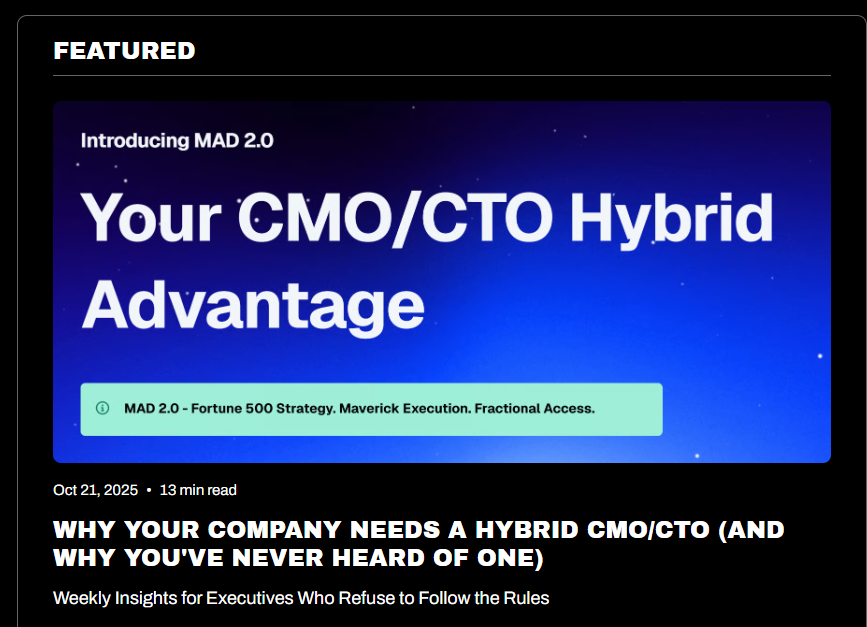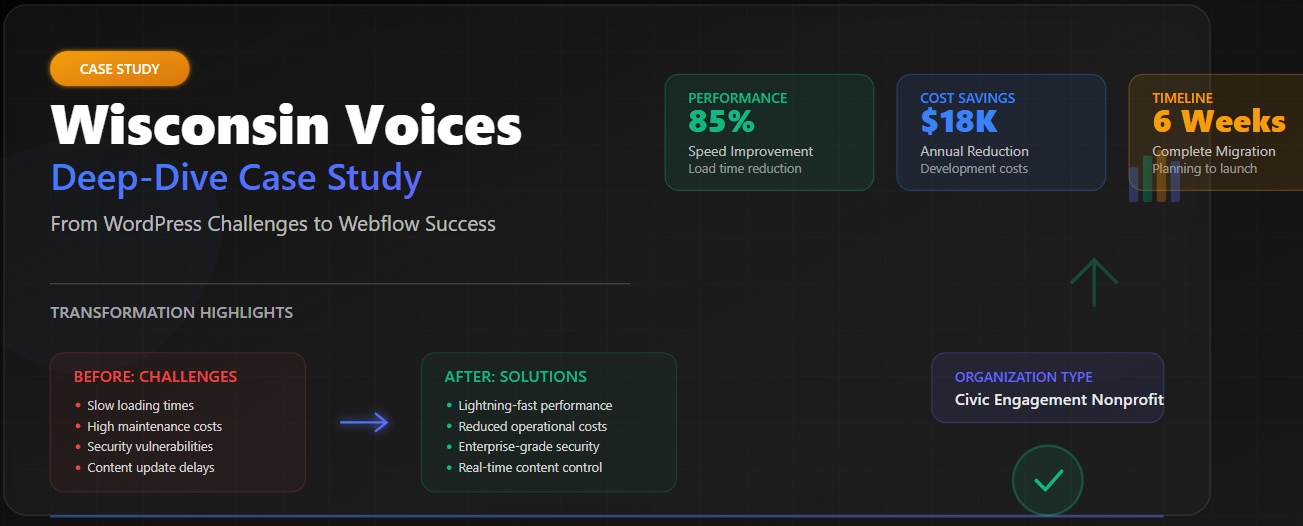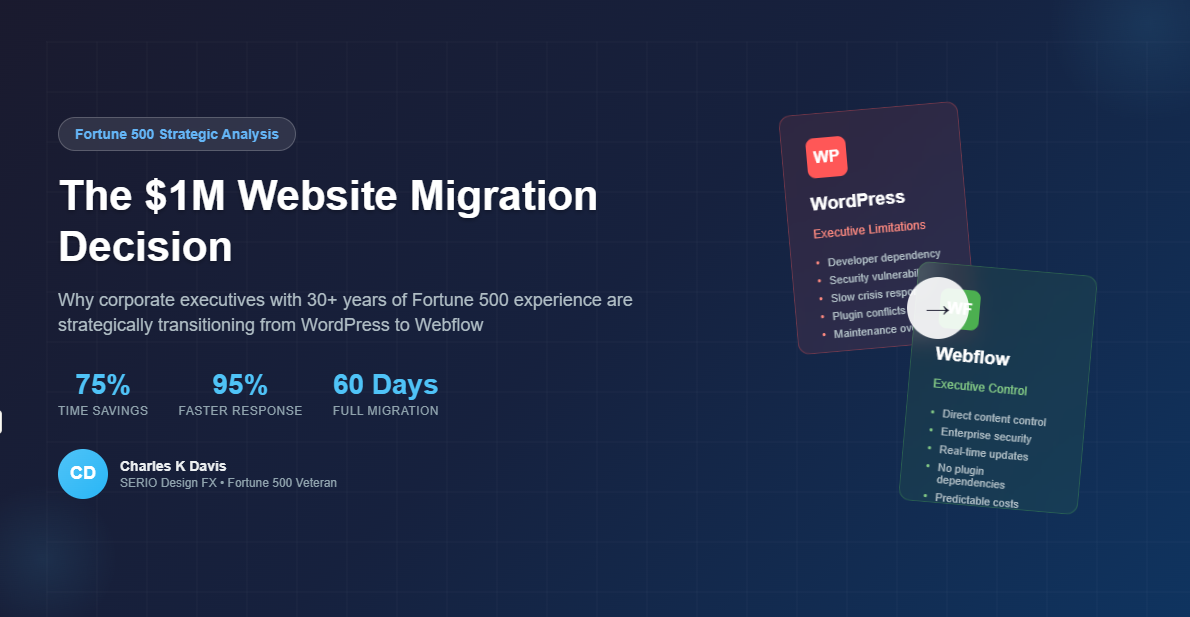The AI Casino: Why Your Marketing Budget Might Be Feeding a Digital Slot Machine

Imagine: You're standing in a Las Vegas casino, feeding quarters into a slot machine. The lights flash, the wheels spin, and occasionally you hit a small payout that keeps you pulling that lever. Sound familiar? If you've been experimenting with AI marketing tools lately, you might recognize this feeling.
After 30+ years of solving Fortune 500 tech crises, I've witnessed countless digital marketing disasters. But the latest crisis brewing? Companies treating AI implementation like a high-stakes gambling addiction, burning through marketing budgets faster than a tourist on the Vegas Strip.
The House Always Wins: Understanding AI Token Economics
Here's what most marketing directors don't realize when they first dive into AI tools: every query, every generated image, every piece of content costs tokens. And just like those slot machines, the pricing structure is designed to keep you spinning.
The Casino Mechanics of AI Pricing:
Most AI platforms operate on a token-based system where you purchase credits upfront. Sound innocent enough? Here's where it gets dangerous:
- Maximum Bet Required: To get the best results from AI tools, you often need to use premium settings, complex prompts, or multiple iterations—essentially "betting max" on every spin
- No Guaranteed Jackpot: Unlike traditional software with predictable costs, AI results vary wildly in quality and relevance
- The Addiction Factor: Poor results lead to "just one more try" mentality, burning through token reserves
During my recent AI software testing phase, I watched my token balance disappear like coins in a slot machine. One particularly complex campaign brief required 47 different AI iterations before producing usable content. That's 47 spins at maximum bet, with only the final result hitting the jackpot.
When AI Experiments Become Budget Disasters
The Wrong Path Revelation
The most expensive casino moment in AI marketing? Discovering you've been spinning the wrong machine entirely. I've seen companies spend thousands of dollars worth of tokens perfecting AI-generated content for a campaign strategy that was fundamentally flawed from the start.
Common AI Budget Traps:
- Prompt Engineering Rabbit Holes: Spending hours (and tokens) trying to perfect prompts that should have been scrapped
- Quality Control Cycles: Running the same content through multiple AI tools to "get it right"
- Feature Overuse: Using advanced AI capabilities when simpler (cheaper) solutions would suffice
- Integration Iterations: Costly trial-and-error when connecting AI tools to existing marketing stacks
Crisis Prevention: Smart AI Budget Management
After witnessing too many AI budget disasters, here's how savvy marketers can avoid feeding the digital slot machine:
Set Hard Limits Before You Start Establish monthly token budgets and stick to them. Most successful Fortune 500 implementations I've managed start with pilot budgets representing no more than 5% of total marketing spend.
Define Success Metrics Upfront Before your first AI spin, determine what constitutes a "win." Vague goals lead to endless iterations and token burn.
Implement the Three-Strike Rule If an AI tool doesn't deliver usable results after three attempts, step away from the machine. The problem likely isn't your prompting—it's your approach.
Track Token-to-Value Ratios Monitor which AI applications provide genuine ROI versus those that simply create busy work. Document token costs against measurable business outcomes.
The Real Cost of Playing the AI Casino
Beyond the obvious token expenses, consider these hidden costs of poor AI implementation:
Opportunity Cost: Time spent perfecting AI outputs instead of focusing on strategic marketing initiatives
Team Productivity Loss: Staff becoming addicted to "perfecting" AI results instead of moving projects forward
Brand Risk: Publishing AI-generated content that doesn't align with brand voice or accuracy standards
Integration Debt: Poorly planned AI implementations that require expensive fixes later
When to Walk Away from the Machine
Sometimes the smartest casino strategy is knowing when to stop playing. Red flags that your AI marketing strategy needs intervention:
- Monthly AI costs exceeding 15% of your marketing budget
- Teams spending more time prompting AI than creating strategy
- Declining content quality despite increased AI investment
- Client or customer complaints about AI-generated touchpoints
Building AI Strategy, Not AI Addiction
The companies succeeding with AI marketing aren't the ones feeding tokens into digital slot machines—they're the ones with strategic implementation plans.
Strategic AI Integration Checklist:✓ Clear use cases with defined success metrics✓ Token budget caps with monthly reviews✓ Human oversight for all AI-generated content✓ Integration planning before tool adoption✓ Team training on prompt efficiency✓ Regular ROI assessments
Your Digital Marketing Crisis Prevention Plan
In today's fast-paced digital world, your marketing budget is often the lifeline of your business growth. But what happens when it's being drained by inefficient AI implementations, poorly planned automation, or tool addiction?
That's where crisis prevention becomes invaluable. The same principles that help Fortune 500 companies avoid major tech disasters apply to AI marketing implementation:
Assess Before You Invest: Audit your current marketing performance before adding AI complexity
Plan Your Integration: Develop clear implementation phases with measurable milestones
Monitor Continuously: Track both financial and performance metrics weekly
Have an Exit Strategy: Know when to pivot or abandon AI approaches that aren't delivering ROI
The Bottom Line: Don't Let AI Become Your Marketing Casino
After three decades of solving digital marketing crises, I can tell you this: the companies that succeed with AI are the ones that treat it like a strategic tool, not a magic slot machine.
Yes, AI can revolutionize your marketing efforts. But only when implemented with the same rigor and strategic thinking you'd apply to any major business investment.
The digital casino is open 24/7, and the house is designed to win. Your job as a marketing leader is to play strategically, set limits, and walk away when you're ahead.
Don't let your marketing budget become another casualty of the AI gold rush. Sometimes the smartest bet is knowing when not to play at all.
Ready to develop a strategic AI marketing plan that protects your budget while delivering results? Connect with crisis prevention experts who've helped Fortune 500 companies navigate digital transformations without breaking the bank.







.jpg)



.jpg)












.jpg)


.jpg)
.jpg)

.jpg)


.webp)


















.png)

.png)





.png)





.png)






























